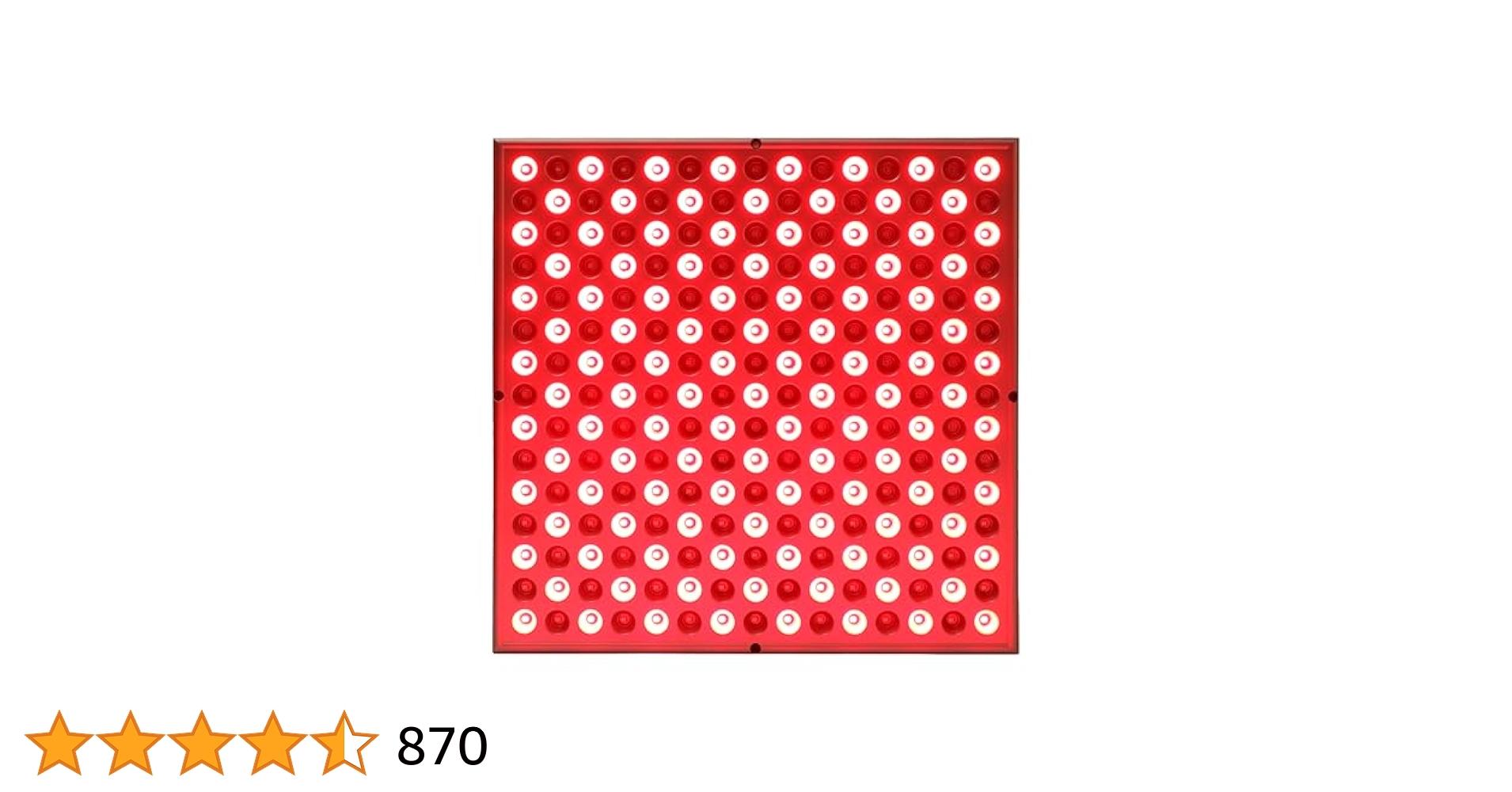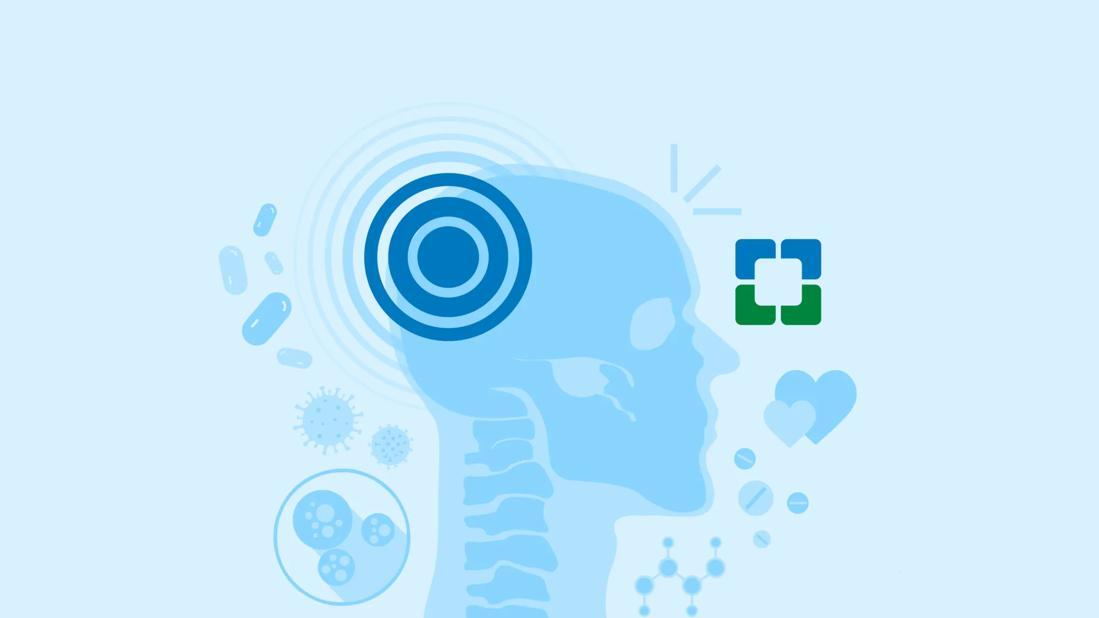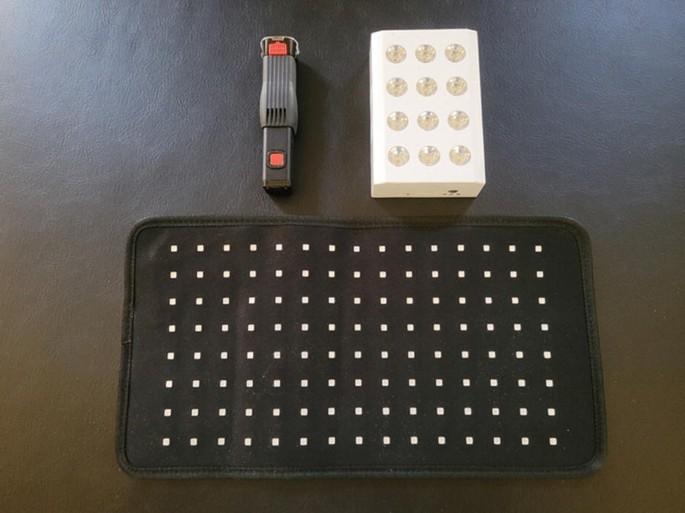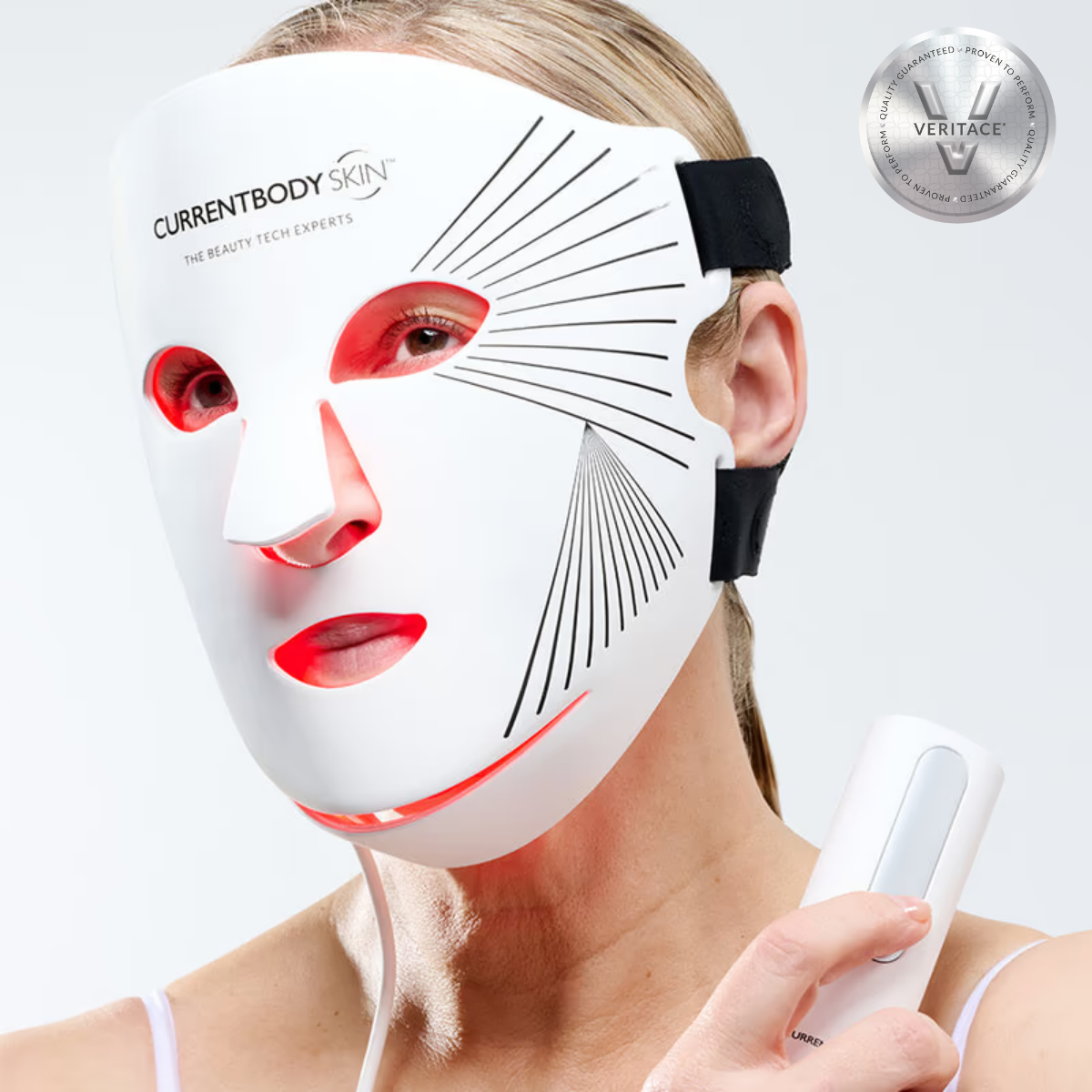Light therapy, a fascinating frontier in wellness, harnesses specific wavelengths of light to promote healing, improve skin health, and even regulate mood. As you step into the world of “Glow Pulse Therapy,” understanding the nuances between different light spectrums, particularly blue light vs. red light, is fundamental. This guide will illuminate the distinct characteristics, applications, and potential considerations of these two popular forms of phototherapy, helping you navigate their benefits and risks with confidence.
Decoding Light Therapy: A Glimpse into Wavelengths
At its core, light therapy involves exposing the body to specific wavelengths of light, often using LEDs, to achieve therapeutic effects. Different colors of light penetrate the skin at varying depths and interact with cells in unique ways. Think of it like tuning into different radio frequencies; each wavelength carries a distinct message for your body’s cells. While the entire spectrum offers diverse applications, blue and red light are among the most commonly discussed and researched.
Red Light Therapy: The Regenerator
Red light therapy, also known as photobiomodulation (PBM) or low-level laser therapy (LLLT), primarily uses red light (typically 630-700 nanometers) and near-infrared (NIR) light (700-1000 nanometers). These longer wavelengths penetrate deeper into the skin and tissues, reaching cells, mitochondria, and even muscle and bone.
How Does Red Light Therapy Work?
When red and NIR light hit your cells, they stimulate the mitochondria – often called the “powerhouses” of the cell. This stimulation leads to increased production of adenosine triphosphate (ATP), the energy currency of the cell. With more ATP, cells can function more efficiently, repair themselves, and regenerate.
Key Benefits of Red Light Therapy
The deep penetration and cellular stimulation offered by red light unlock a wide array of potential benefits:
- Skin Rejuvenation and Anti-Aging: Red light can stimulate collagen and elastin production, which are crucial for skin elasticity and firmness. This helps reduce fine lines, wrinkles, and improves overall skin texture. It can also help minimize the appearance of scars and hyperpigmentation.
- Wound Healing and Tissue Repair: By promoting cellular regeneration and reducing inflammation, red light therapy accelerates the healing process for cuts, burns, and other skin injuries.
- Pain Relief and Inflammation Reduction: Red and NIR light have anti-inflammatory effects and can help alleviate chronic pain conditions, including joint pain, muscle soreness, and neuropathic pain.
- Hair Growth: Some studies suggest that red light can stimulate hair follicles, promoting hair growth and increasing hair density in individuals experiencing hair loss.
- Improved Circulation: The light can enhance blood flow, delivering more oxygen and nutrients to tissues.
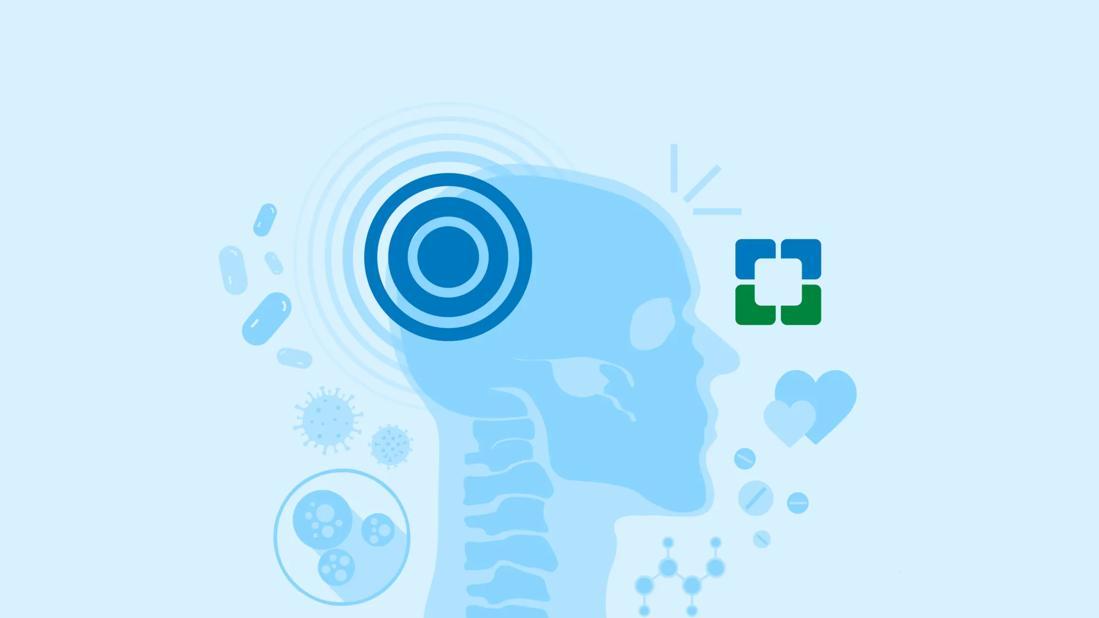 Red light therapy session showing light interacting with skin for collagen production and anti-aging benefits.
Red light therapy session showing light interacting with skin for collagen production and anti-aging benefits.
Potential Risks and Considerations for Red Light Therapy
Generally, red light therapy is considered safe with minimal side effects when used correctly. However, it’s essential to follow manufacturer guidelines and consult with a healthcare professional, especially if you have pre-existing conditions or are using medications.
- Eye Protection: While red light is generally safe for eyes, prolonged direct exposure to high-intensity devices might cause temporary discomfort. Many devices come with protective eyewear.
- Heat Sensation: Some devices may produce a mild warming sensation, but excessive heat should be avoided.
- Medication Interactions: Certain medications, particularly photosensitizing drugs, might increase skin sensitivity to light.
“Red light therapy isn’t just about surface-level improvements; it delves into the core of cellular function,” explains Dr. Elara Vance, a leading expert in photomedicine and founder of the Aurora Wellness Institute. “By enhancing mitochondrial activity, we’re empowering the body’s natural healing and regenerative processes, making it a versatile tool for both aesthetic and therapeutic applications.”
Blue Light Therapy: The Purifier
Blue light therapy typically uses wavelengths in the range of 400-500 nanometers. Unlike red light, blue light primarily acts on the skin’s surface and is known for its antimicrobial properties.
How Does Blue Light Therapy Work?
Blue light targets P. acnes bacteria, a key contributor to acne. These bacteria produce porphyrins, compounds that absorb blue light. When porphyrins absorb blue light, they create singlet oxygen, which destroys the bacteria from within, reducing inflammation and preventing breakouts. Blue light also influences the circadian rhythm, our internal body clock.
Key Benefits of Blue Light Therapy
Blue light’s unique properties make it effective for specific conditions:
- Acne Treatment: This is the most well-known benefit. Blue light effectively kills acne-causing bacteria, reducing existing blemishes and preventing future breakouts.
- Seasonal Affective Disorder (SAD): Exposure to blue light, particularly in the morning, can help regulate circadian rhythms and boost mood, making it a common treatment for SAD.
- Psoriasis and Eczema (adjunctive therapy): In some cases, blue light has been explored as an adjunctive treatment for certain inflammatory skin conditions, though less common than red light.
 Blue light therapy device targeting acne on a person's face, illustrating bacteria reduction.
Blue light therapy device targeting acne on a person's face, illustrating bacteria reduction.
Potential Risks and Considerations for Blue Light Therapy
While beneficial for certain applications, it’s crucial to be aware of the potential downsides of blue light exposure, especially in a modern world saturated with screens. This is a critical aspect when discussing blue light vs. red light in terms of risks.
- Eye Strain and Damage: Prolonged or high-intensity exposure to blue light, particularly from digital screens, can contribute to eye strain, digital eye fatigue, and potentially damage retinal cells over time. This is why protective eyewear is often recommended for blue light therapy devices.
- Sleep Disruption: Exposure to blue light, especially in the evening, suppresses melatonin production, a hormone essential for sleep. This can disrupt your natural sleep cycle and make it harder to fall asleep.
- Accelerated Skin Aging (Debatable): While blue light is used for acne, some research suggests that high-energy visible (HEV) blue light, like that from screens, might contribute to oxidative stress and potentially accelerate skin aging, though this area requires more research regarding therapeutic devices.
“When considering blue light therapy, context is everything,” advises Dr. Vance. “While it’s incredibly effective for specific issues like acne, prolonged, unregulated exposure, especially from digital devices, can have negative implications for eye health and sleep. Balance and careful use are paramount.”
Blue Light vs. Red Light: A Side-by-Side Comparison
To truly grasp the differences and decide which light therapy might be right for you, let’s look at a comparative overview of blue light vs. red light:
| Feature | Blue Light Therapy | Red Light Therapy |
|---|---|---|
| Wavelengths | 400-500 nanometers (shorter) | 630-1000 nanometers (longer, including Near-Infrared) |
| Penetration Depth | Superficial (epidermis) | Deep (epidermis, dermis, muscle, bone) |
| Primary Mechanism | Targets bacteria (porphyrins), influences circadian rhythm | Stimulates mitochondria, increases ATP production |
| Key Benefits | Acne treatment, SAD relief | Anti-aging, wound healing, pain relief, hair growth |
| Main Risks | Eye strain, sleep disruption (especially evening exposure) | Generally low risk, minimal side effects if used correctly |
| Common Uses | At-home acne devices, SAD lamps | Anti-aging masks, pain relief devices, professional clinics |
Choosing the Right Light for Your Needs
Deciding between blue light vs. red light therapy boils down to your specific concerns and goals.
- For Acne and Mood Boosting: If you’re struggling with acne breakouts or seasonal depression, blue light therapy is often the go-to choice. Remember to use it judiciously, especially concerning evening exposure, to avoid sleep disturbances.
- For Skin Rejuvenation, Pain Relief, and Healing: If your aim is to reduce wrinkles, improve skin texture, speed up wound healing, alleviate pain, or promote hair growth, red light therapy is your ally. Its deeper penetration and regenerative properties make it ideal for these applications.
- Combination Therapy: Some advanced devices offer both blue and red light options, allowing for a comprehensive treatment approach, often used sequentially for skin issues. For example, using blue light to clear acne, followed by red light to heal and rejuvenate the skin.
Always prioritize devices from reputable brands and ensure they comply with safety standards. When in doubt, consult with a dermatologist or healthcare professional who can provide personalized advice based on your health history and specific needs.
Conclusion
The world of light therapy offers exciting possibilities for enhancing well-being. Understanding the fundamental differences between blue light vs. red light – their distinct wavelengths, mechanisms, and applications – empowers you to make informed decisions about your health and beauty regimen. While blue light excels in tackling surface-level issues like acne and regulating mood, red light delves deeper, promoting cellular regeneration, reducing inflammation, and fostering overall tissue repair. Embrace the power of light, but do so with knowledge and care, allowing “Glow Pulse Therapy” to guide your journey to optimal health.
Frequently Asked Questions
Q1: Can I use blue light and red light therapy at the same time?
A1: While some devices offer a combination, it’s generally recommended to use blue and red light therapies separately or sequentially, as their mechanisms and primary targets differ. For skin issues, for example, blue light might be used first to treat acne, followed by red light for healing and anti-aging.
Q2: Is blue light from screens the same as blue light therapy?
A2: No, not entirely. While both emit blue light, therapy devices use specific, controlled wavelengths and intensities for therapeutic purposes, usually for a limited duration. Screens emit a broader spectrum of blue light continuously, which is why excessive screen time, especially at night, can have negative effects on eyes and sleep.
Q3: How long does it take to see results from red light therapy?
A3: Results vary depending on the condition being treated, the consistency of use, and the specific device. For skin concerns, many users report noticing improvements in texture and tone within 4-8 weeks of consistent use. For pain relief or wound healing, results might be observed sooner.
Q4: Are there any side effects from using light therapy devices at home?
A4: When used as directed, both blue and red light therapy devices are generally safe for home use. Potential mild side effects can include temporary redness or tenderness. Always wear protective eyewear if recommended by the device manufacturer, especially for blue light exposure.
Q5: Can light therapy help with chronic pain?
A5: Red light therapy, particularly with the inclusion of near-infrared wavelengths, has shown promise in managing chronic pain conditions by reducing inflammation and promoting cellular repair in deep tissues. It is often used as an adjunctive therapy alongside other treatments.
Q6: What is the ideal frequency for light therapy sessions?
A6: The ideal frequency varies based on the device, the specific condition, and the intensity of the treatment. Many at-home devices recommend daily use or several times a week for 10-20 minutes per session. Always refer to your device’s instructions or consult a healthcare professional for personalized guidance.
